For decades, bungee jumping has been one of the most sought-after adrenaline-pumping activities in New Zealand, drawing thrill-seekers from around the globe. However, the sheer terror of leaping off a platform with nothing but a cord tied to your ankles has deterred many potential jumpers. Recognizing this, a pioneering bungee company in New Zealand has turned to virtual reality (VR) to help participants overcome their fears before taking the plunge.
The concept is simple yet revolutionary. Before the actual jump, participants are given a VR headset that simulates the entire experience—from standing on the edge of the platform to the heart-stopping free fall and the rebound. The immersive technology replicates the sights and sounds of the real jump, including the rush of wind and the panoramic views of the surrounding landscape. This pre-jump simulation allows first-timers to mentally prepare themselves, reducing the paralyzing fear that often accompanies the real thing.
Why VR Makes a Difference
Fear of heights, or acrophobia, is one of the most common phobias worldwide. For many, the idea of bungee jumping triggers an overwhelming fight-or-flight response. Traditional methods of calming nerves—such as verbal reassurance or watching others jump—often fall short. VR, however, provides a controlled environment where participants can confront their fears gradually. By repeatedly experiencing the jump in virtual space, the brain begins to normalize the sensation, making the actual jump feel less daunting.
The psychological benefits of VR exposure therapy are well-documented. Studies have shown that virtual simulations can help individuals manage anxiety, PTSD, and phobias by desensitizing them to triggers in a safe setting. The bungee company’s initiative capitalizes on this science, offering a practical solution to a problem that has long plagued the industry. Participants report feeling more confident and less anxious after the VR session, which translates into a higher rate of completed jumps.
A Game-Changer for the Tourism Industry
New Zealand’s adventure tourism sector thrives on its reputation for offering world-class extreme sports. However, the industry also faces the challenge of ensuring that participants feel safe and comfortable. By integrating VR into the pre-jump process, the bungee company is not only enhancing customer experience but also setting a new standard for adventure tourism worldwide. Competitors are now taking note, with several other operators exploring similar technologies to attract a broader audience.
The innovation also opens doors for those who might have otherwise ruled out bungee jumping entirely. Older adults, individuals with mild anxiety disorders, and even hesitant first-timers are now more willing to give it a try. The VR experience acts as a bridge, allowing them to test their limits without immediate physical risk. This inclusivity could significantly expand the customer base for adventure activities, benefiting the entire sector.
Real-World Success Stories
Feedback from participants has been overwhelmingly positive. One jumper, a 42-year-old from Australia, admitted she had backed out of bungee jumps twice before due to sheer terror. After trying the VR simulation, she finally mustered the courage to take the leap. "It felt like I’d already done it before," she said. "The real jump was still scary, but nowhere near as bad as I’d imagined."
Another participant, a college student from Japan, described how the VR session helped him manage his fear of heights. "I could practice the jump multiple times in VR, and each time, it felt a little easier," he explained. "When I finally did the real thing, my body knew what to expect." These testimonials highlight the transformative potential of VR in adventure sports, proving that technology can be a powerful tool for overcoming human limitations.
The Future of Fear Management
As VR technology continues to advance, its applications in adventure tourism are likely to expand. Imagine a future where participants can customize their virtual jumps—adjusting the height, speed, or even the environment—to gradually acclimate to greater challenges. Beyond bungee jumping, VR could be used for skydiving, rock climbing, or other high-adrenaline activities, making them accessible to a wider range of people.
The New Zealand bungee company’s initiative is just the beginning. By blending cutting-edge technology with human psychology, they’ve created a model that other extreme sports providers may soon follow. For now, though, their approach stands as a testament to innovation in an industry built on pushing boundaries—both physical and mental.

By Emily Johnson/Apr 11, 2025

By William Miller/Apr 11, 2025

By Benjamin Evans/Apr 11, 2025
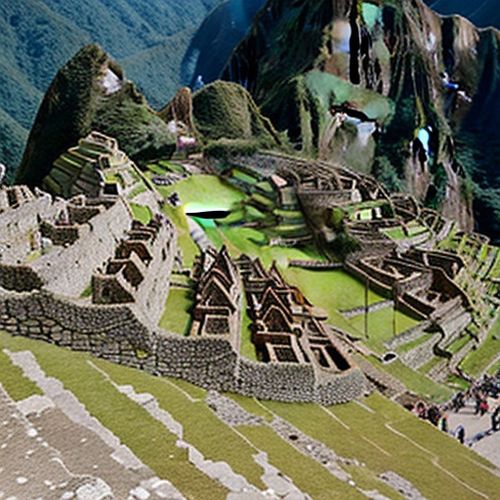
By Grace Cox/Apr 11, 2025

By Amanda Phillips/Apr 11, 2025

By James Moore/Apr 11, 2025

By Natalie Campbell/Apr 11, 2025
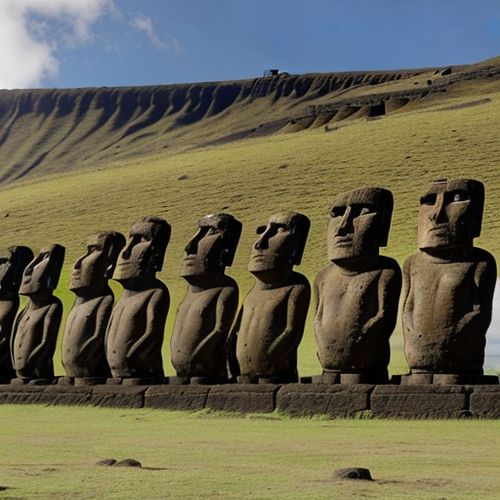
By Eric Ward/Apr 11, 2025

By James Moore/Apr 11, 2025
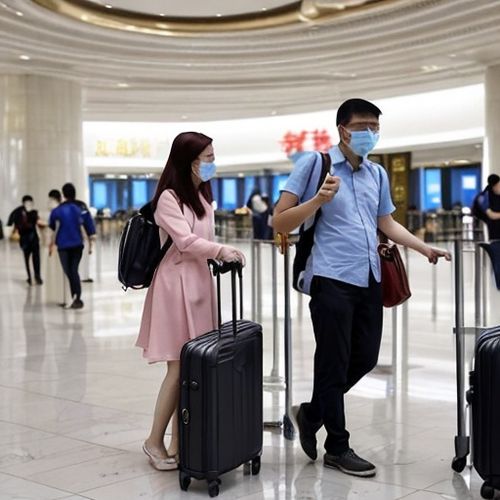
By Emily Johnson/Apr 11, 2025

By Christopher Harris/Apr 11, 2025
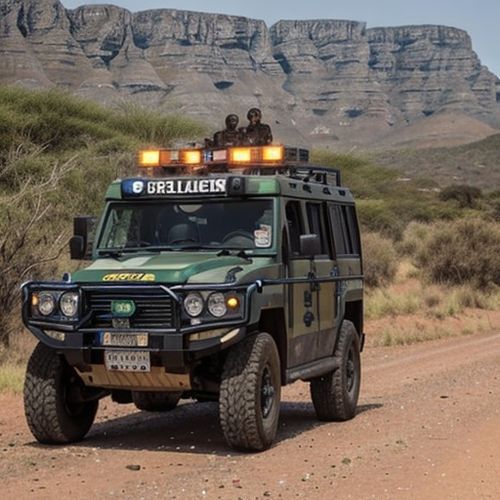
By Michael Brown/Apr 11, 2025

By Rebecca Stewart/Apr 11, 2025

By John Smith/Apr 11, 2025

By Natalie Campbell/Apr 11, 2025

By Emily Johnson/Apr 11, 2025

By John Smith/Apr 11, 2025

By Michael Brown/Apr 11, 2025

By Amanda Phillips/Apr 11, 2025
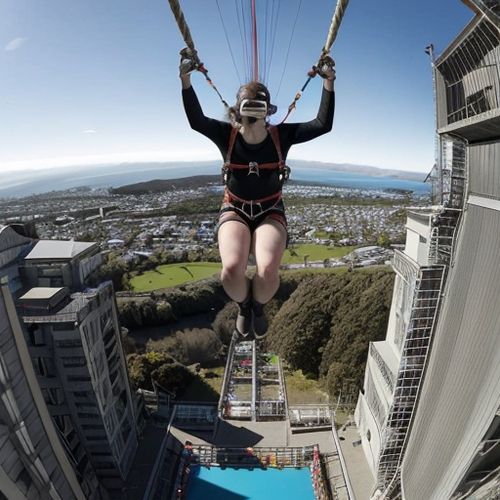
By Joshua Howard/Apr 11, 2025